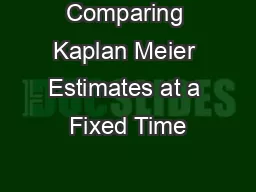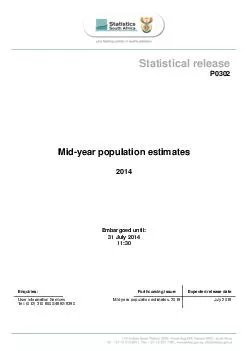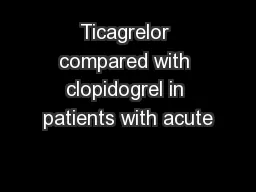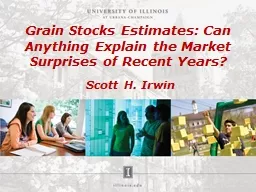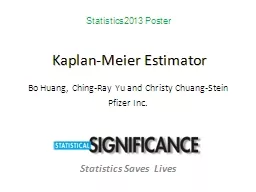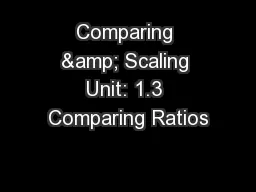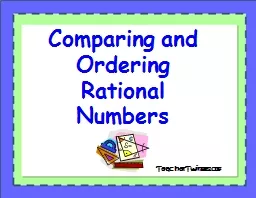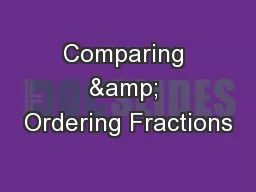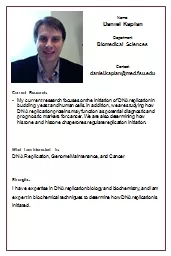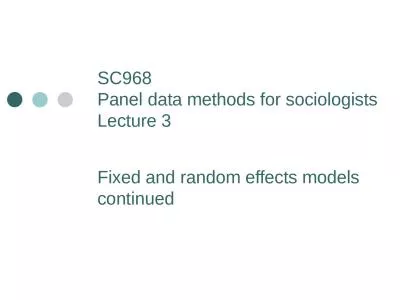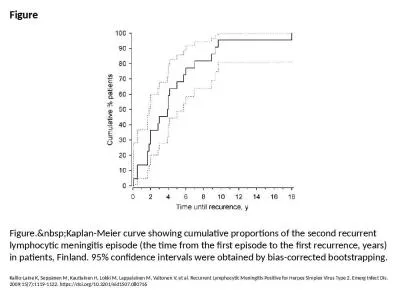PPT-Comparing Kaplan Meier Estimates at a Fixed Time
Author : pasty-toler | Published Date : 2017-04-01
Timothy Costigan Kyoungah See 1 Outline Motivation of Topic Review Practice in Therapeutic Areas Issues in Implementation Type 1 error inflation Transformations
Presentation Embed Code
Download Presentation
Download Presentation The PPT/PDF document "Comparing Kaplan Meier Estimates at a Fi..." is the property of its rightful owner. Permission is granted to download and print the materials on this website for personal, non-commercial use only, and to display it on your personal computer provided you do not modify the materials and that you retain all copyright notices contained in the materials. By downloading content from our website, you accept the terms of this agreement.
Comparing Kaplan Meier Estimates at a Fixed Time: Transcript
Download Rules Of Document
"Comparing Kaplan Meier Estimates at a Fixed Time"The content belongs to its owner. You may download and print it for personal use, without modification, and keep all copyright notices. By downloading, you agree to these terms.
Related Documents

